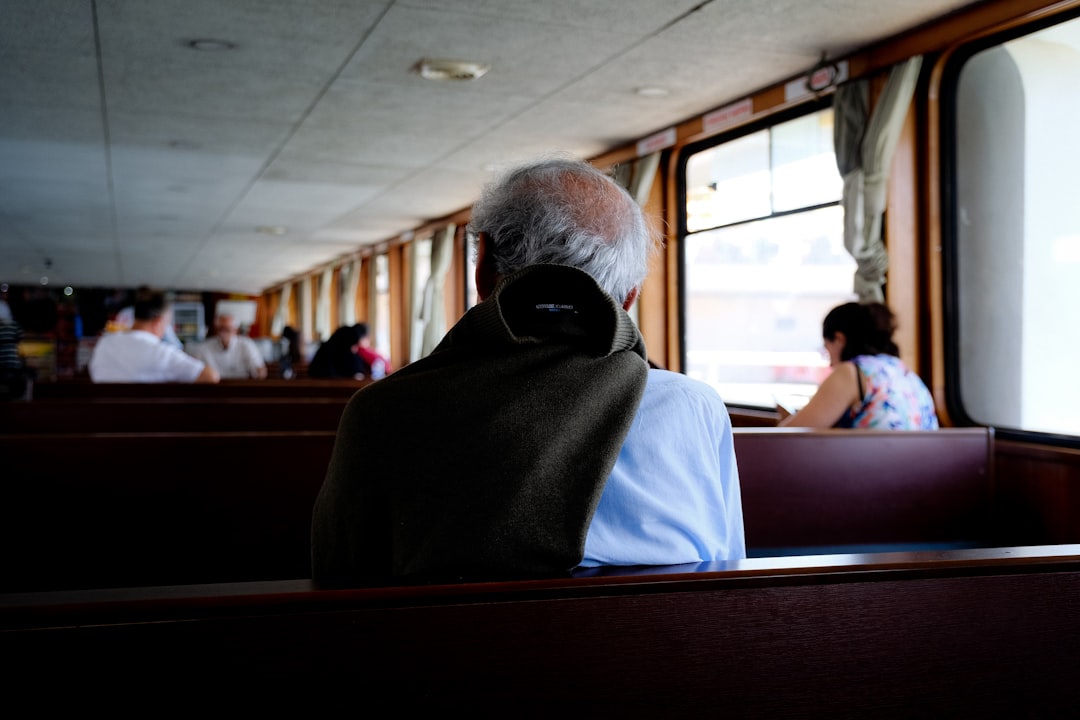Navigating Old Age: Insights, Challenges, and Opportunities
Introduction
Old age is a universal stage of life characterized by physical, emotional, and social changes. While it is often associated with wisdom and experience, it can also bring about unique challenges that require careful consideration from individuals, families, and societies as a whole. This article explores the complexities of old age, highlights its challenges and opportunities, and provides supportive data in table form for a comprehensive understanding.
Defining Old Age
Old age, sometimes referred to as "senior" or "elderly" years, generally refers to people aged 65 and above. The World Health Organization and many governments use this age as a baseline for social programs, though the exact age can vary depending on cultural and legislative contexts.
Key Life Stages in Adulthood
| Age Range | Common Terms | Description |
|---|---|---|
| 18–39 | Young Adulthood | Career-building, starting families |
| 40–64 | Middle Age | Peak career, children, preparations |
| 65–79 | Young-old | Retirement, active aging |
| 80+ | Old-old | Increased health support needs |
Physical Changes in Old Age
Common Physical Changes
- Decreased bone density: Leading to higher fracture risk.
- Reduced muscle mass and strength: Affecting mobility and balance.
- Slower metabolism: Impacting weight and energy.
- Sensory changes: Vision and hearing decline.
- Impaired immune function: Higher susceptibility to infections.
Prevalence of Key Health Conditions in the Elderly (U.S.)
| Condition | Prevalence Among 65+ (%) |
|---|---|
| Arthritis | 49 |
| Hypertension | 63 |
| Heart Disease | 29 |
| Diabetes | 27 |
| Dementia | 11 |
| Cancer | 20 |
Source: CDC, 2023
Psychological and Emotional Aspects
Cognitive Changes
While some cognitive slowing is natural, many seniors remain mentally sharp. However, risks of dementia and Alzheimer's disease increase with age.
Emotional Challenges and Well-being
- Loss and grief: Friends and spouses may pass away.
- Depression and anxiety: Triggered by isolation or declining health.
- Resilience and contentment: Some experience increased satisfaction, gratitude, and peace.
Mental Health Statistics
| Issue | Prevalence (%) Among 65+ | Notes |
|---|---|---|
| Depression | 15 | Often underdiagnosed |
| Clinically Significant Anxiety | 10 | May overlap with physical symptoms |
| Dementia (All forms) | 11 | Alzheimer’s is most common |
Social Dynamics in Old Age
Roles and Relationships
Seniors may take on new family roles (e.g., grandparenting), become caregivers, or mentors. Their relationships sometimes change with shifts in dependence, living arrangements, or loss.
Living Arrangements of Older Adults
| Arrangement | U.S. % (2023) | Common in Other Regions |
|---|---|---|
| Alone | 27 | Lower in Asia/Africa |
| With spouse/partner | 56 | Varies |
| With children/relatives | 14 | Higher in Asia/Africa |
| Assisted living/nursing home | 3 | Lower/varies |
Economic Aspects
Income Sources
Many seniors rely on a mix of these:
- Social Security or pensions
- Personal savings/401(k)
- Continued part-/full-time work
- Family support
Financial Vulnerability
As people live longer, outliving savings and medical expenses are concerns.
| Income Source | Share of 65+ with this as Main Source (%) |
|---|---|
| Social Security | 85 |
| Pensions | 30 |
| Earnings (job/self) | 24 |
| Asset Income | 10 |
| Family Support | 5 |
Source: Social Security Administration, 2022
Opportunities and Positive Aspects
Active Aging
Programs encourage seniors to remain physically active, socially engaged, and mentally challenged. Volunteering, learning new skills, and community involvement promote health and well-being.
Wisdom and Contribution
Older adults contribute through:
- Volunteering and community service
- Sharing expertise and experience
- Providing intergenerational support
"Blue Zones": Longevity Lessons
Some global regions, called "Blue Zones" (Okinawa, Sardinia, Ikaria, etc.), have high concentrations of centenarians. Their lifestyles emphasize:
- Plant-based diets
- Social connections
- Regular movement/exercise
- Purpose-driven living
Challenges Facing Societies
Health Care and Support Services
As populations age, many countries face pressures on health systems, elder care, and pension schemes.
Ageism
Prejudice against the elderly can lead to isolation, poorer care, and reduced opportunities.
Technological Divide
Digital technology advances can benefit seniors (telemedicine, social apps), but digital literacy varies.
Preparing for Healthy Aging
Tips for Individuals
- Stay active: Exercise, walk, stay mobile.
- Eat well: Emphasize fruits, veggies, and lean protein.
- Stay engaged: Cultivate relationships and hobbies.
- Routine checkups: Preventive healthcare is critical.
- Plan financially: Early and regular planning helps ensure security.
Conclusion
Old age is a complex, varied experience shaped by health, relationships, and societal structures. With longevity increasing worldwide, thoughtful preparation and positive attitudes—both individual and societal—can ensure that old age remains a time of continued growth, contribution, and fulfillment. Recognizing both challenges and opportunities is essential to fostering dignity and satisfaction in the later years of life.
Further Reading and Resources
- World Health Organization: Ageing and Health
- CDC Healthy Aging
- AARP – Resources for Older Adults
- National Council on Aging: ncoa.org
